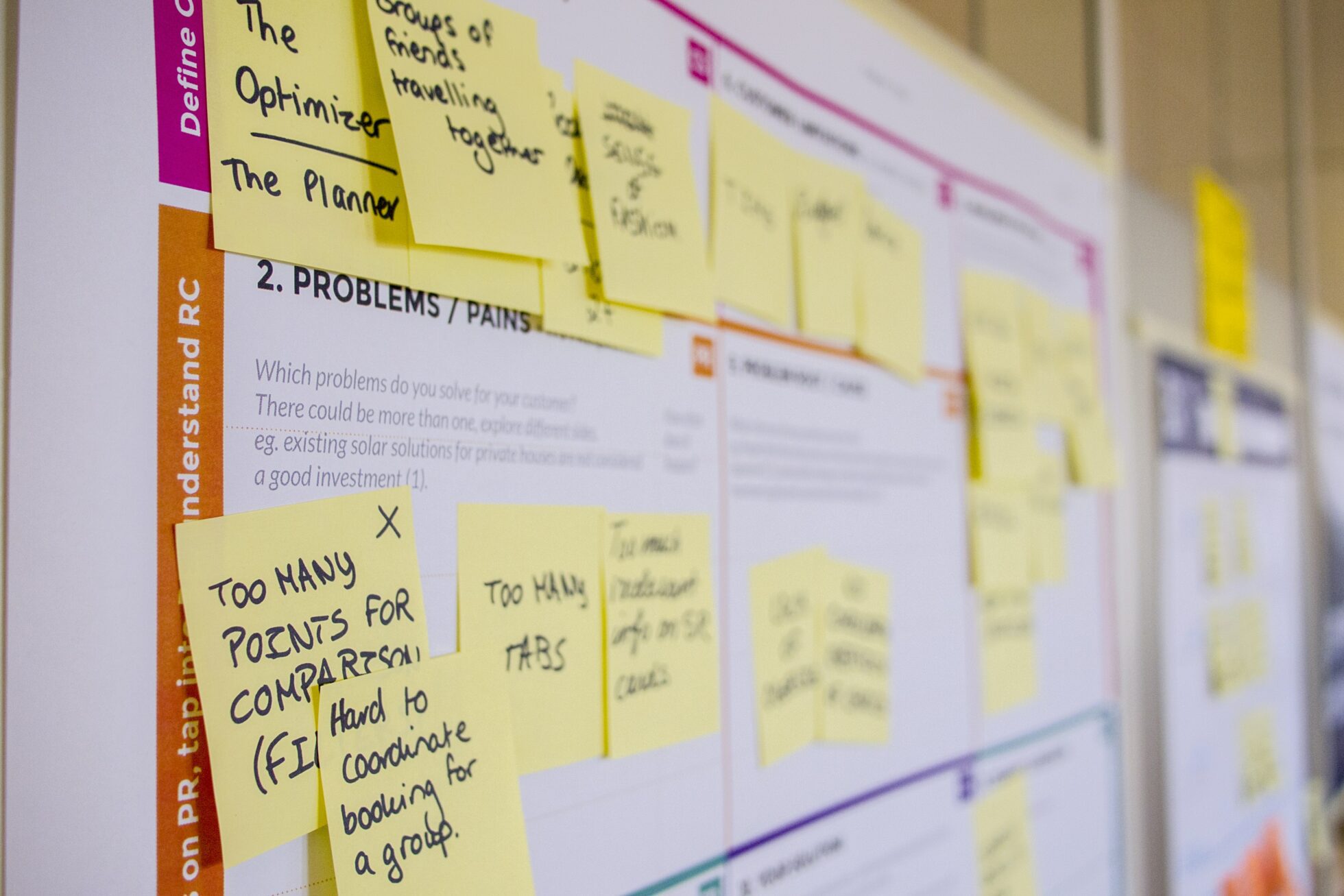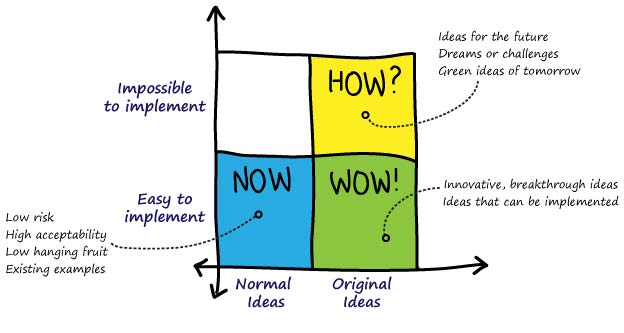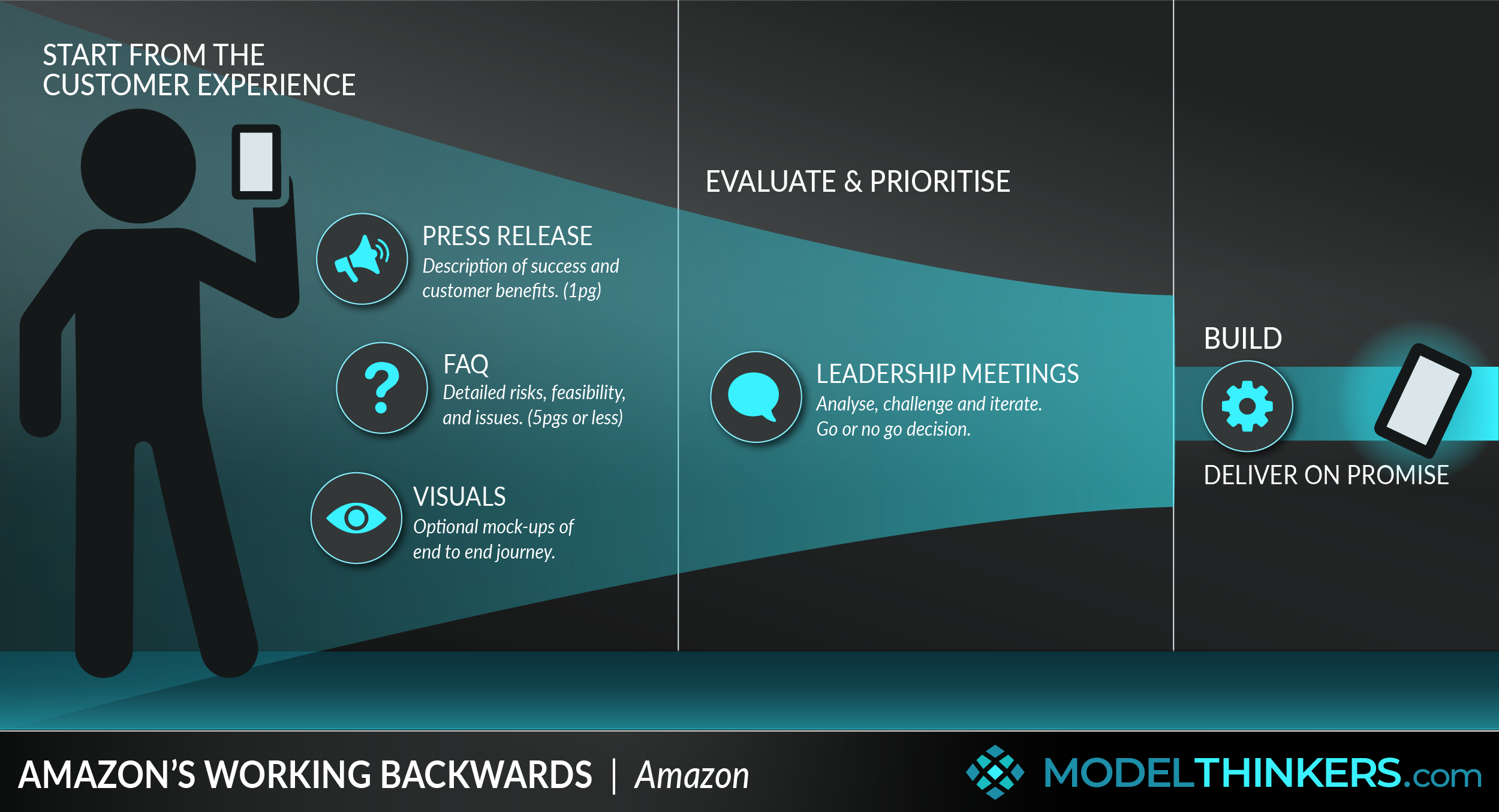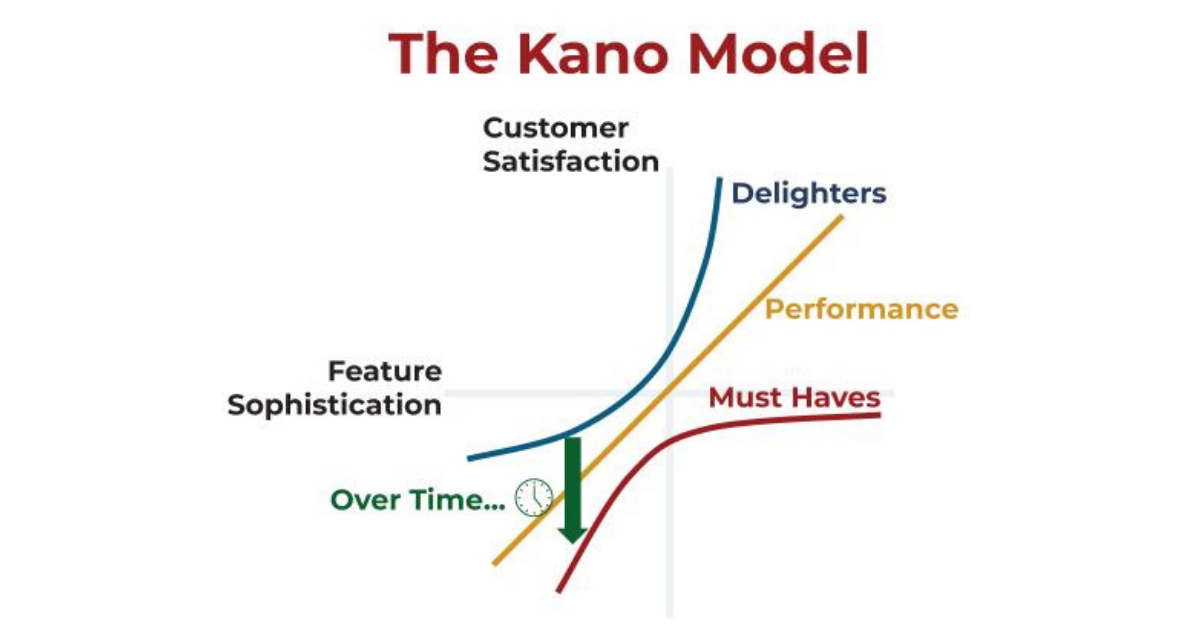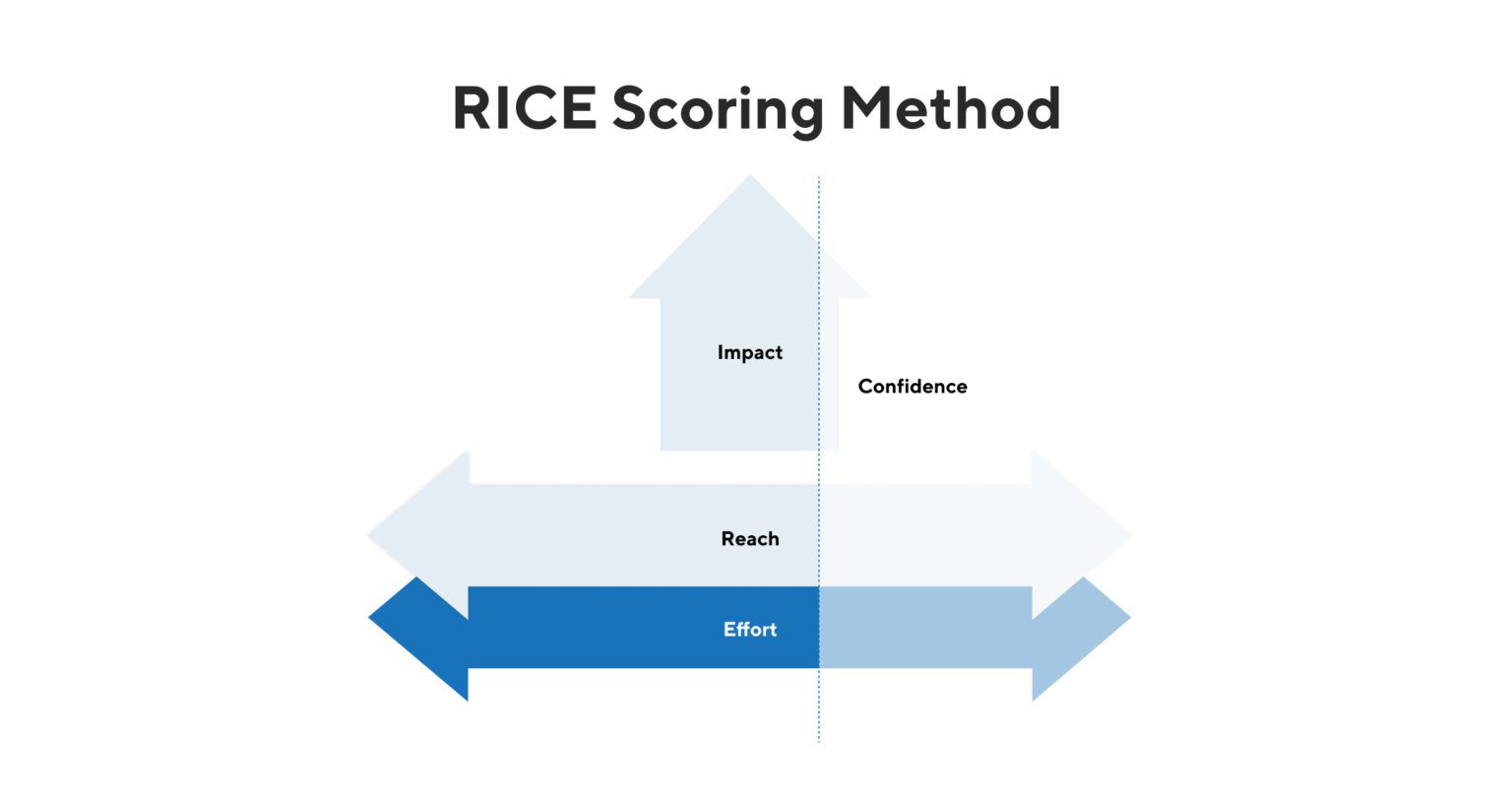Product management frameworks are kind of the absolute cheat sheet to getting shiz done when it comes to product management. They give you an idea of where to start, where to go, and where to pause and take stock. All this, in a manageable and flexible way.
Finding the right framework can be tough, though. Some PMs can walk into a role, and there is a framework in place that’s been there for ages…but it’s not working. Other times, a company is brand new, and it’s a case of trying different ones for size to find the right fit.
To be clear: frameworks aren’t just there to guide the product management team. No, no, no! They serve a much higher purpose than that.
But, here’s the deal – Product is HARD. As a PM, you have all the responsibility but only an illusion of power.
In fact, as part of Product, you often have ZERO decision power – unless you convince everybody around you that you know what you’re doing, so they trust you to continue…with minimal interference.
This is where product manager frameworks can help. Not only do they guide you and the team along the process, but they are tangible and accessible; LOOK, THIS IS WHAT WE ARE DOING, AND HERE ARE THE REASONS WHY that you can shove in front of any company naysayers.
@tldv.io WHAT DOES BIZOPS DO????? #tech #startup #product #dev #sales #corporatehumor
♬ original sound - tldv.io - AI Meeting Recorder
So, without further ado… here’s a big-ass list of Product Management frameworks.
Product Management Framework for DAYZ
How Now Wow
The How Now Wow framework, devised by Gamestorming, is an idea selection tool that helps product teams prioritize what they can offer to the market.
It uses three criteria – How Now and Wow – to assess ideas.
How is used to evaluate how well a company can execute the idea.
Now looks at how quickly the idea can be implemented.
Wow is used to assess the feature or solution’s ‘Wow!’ factor.
It’s particularly great for any teams that rely on visualizing a problem or need to work out individual action points based on different process elements.
Working Backwards, aka The Amazon Method
The Working Backwards framework is pretty simple. You work backward from the product being ready to ship, leading back to the OG problem. You begin the process by creating a press release for your new product and then work backward to a concise problem statement that can be used as the basis for research, creativity, and testing.
This is especially useful when multiple stakeholders must agree on the same problem statement to move forward. It also helps focus research, ideation, and testing on a single problem or goal.
While it’s a great way to prove the concept, it can be argued that it’s a little bit of ‘cart before the horse’ – a somewhat “we’ll make the problem fit our solution.”
Jobs-To-Be-Done
Jobs-to-be-done (or JTBD) is, first of all, a firm favorite here at tl;dv. We even wrote an entire article about JTBD; we heart it THAT MUCH. The JTBD framework is about understanding what would motivate your customers to buy or need a product and what users can “hire” to help them perform a ‘job’ – i.e. acheive an objective in their life. The JTBD framework is focused on the customer and helping them undertake tasks in a more fulfilling, productive and easeful way.
It’s a great framework for understing your user’s motivations and creating products that are tailored specifically to them. It also encourages you to think of solutions that may not already exist but still serve the same purpose.
"Overall, JTBD is about understanding the goals people want to accomplish, and achieving those goals amounts to progress in their lives."
Jim Kalbach, The Jobs To Be Done Playbook: Align Your Markets, Organization, and Strategy Around Customer Need Tweet
Kano Model
Must-Haves: These are the bare necessities your products must have to be viable – think of this as the feature set you can’t live without.
Performance Attributes: These are features that impact the product’s performance. They may be optional, but they do help improve a product.
Delighters: These are the bells and whistles of your product that can delight your customer base.
Indifferents: These features don’t really matter to customers either way. They lack any real impact.
Disatisfiers: These are features that customers actively don’t like. They may have been better off without them.
This framework can help teams prioritize feature development based on what customers value. It’s also a great way of seeing trends and patterns in the user research stage and can help inform strategies and plans.
RICE Prioritization
RICE is a prioritization framework used to prioritize tasks or product milestones based on their estimated impact and ease of implementation.
The acronym stands for:
Reach: The number of people or systems that the task will impact.
Impact: The magnitude of the change or improvement that the task will bring.
Confidence: The confidence level in estimating the reach and impact of the task.
Effort: The amount of time and resources required to complete the task.
The RICE framework helps teams prioritize developments and initiatives based on their potential impact along with the effort required to make it a reality. Higher scores in reach, impact, and confidence, along with lower scores in effort, result in a higher overall RICE score and, therefore, a higher priority.
It’s a very simplistic model to a degree, and while it can give some very clear guidance, it does lack nuance.
Business Model Canvas
The Business Model Canvas is a visual tool used to describe and analyze the main elements of a business model. Alexander Osterwalder introduced it in his book “Business Model Generation.” The canvas consists of nine building blocks that capture the essential elements of a business model:
Customer Segments: This defines the different groups of customers that the business is targeting.
Value Proposition: This describes the unique benefits the business offers its customers, aka the USP.
Channels: This outlines how the business reaches and interacts with its customers.
Customer Relationships: This defines the type of relationships the business has with its customers.
Revenue Streams: This describes the sources of revenue for the business.
Key Resources: This identifies the most important resources required to operate the business.
Key Activities: This outlines the key activities that the business must perform to deliver its value proposition.
Key Partners: This lists the key partners and suppliers the business relies on to deliver its value proposition.
Cost Structure: This outlines the costs associated with operating the business.
The Business Model Canvas provides a structured approach to developing and testing new business ideas. It helps organizations clearly communicate their business model to stakeholders. It covers almost every eventuality and is very stakeholder-y friendly, making it a great framework for convincing for deeper innovation (read, MORE RISK!)

Customer Journey Roadmap
While we think roadmaps can be a little overrated, the Customer Journey Roadmap is one product management framework that has it at its very heart.
This framework is used to visualize and understand a customer’s different stages and experiences when interacting with a business. The framework is designed to help businesses identify pain points, opportunities for improvement, and areas to invest in to enhance the customer experience.
Typically, a customer journey roadmap includes the following stages:
Awareness: The stage at which the customer becomes aware of the business and its offerings.
Consideration: The stage at which the customer evaluates the business and its offerings compared to its competitors.
Purchase: The stage at which the customer decides to buy the product or service.
Delivery: The stage at which the customer receives and uses the product or service.
Loyalty: The stage at which the customer forms a relationship with the business and may become a repeat customer.
By mapping out each stage of the customer journey, businesses can gain insights into what customers need and want and identify opportunities to improve the customer experience and increase customer satisfaction. Again, it’s mostly framed towards a product-led development style but considers customer experience from a holistic standpoint.
Minimum Viable Product
The Minimum Viable Product framework is used to develop, test and launch a product with minimal effort and maximum pace. It is designed for speed and the path of least resistance to the market.
MVP focuses on releasing the core features of a product that are essential for providing value to customers. By creating an MVP, businesses can gain customer feedback early in the development process and make necessary improvements before officially launching the product.
While many people will assume that MVP is a prototype, it’s not. It is a product in its own right, but it is the foundation to be built upon later.
Building an MVP allows businesses to test their hypotheses about customer demand and technical feasibility before investing too much time or resources into building the whole shebang.
Additionally, it enables organizations to quickly launch products without creating perfect solutions immediately, allowing them to iterate as they learn more about what works best for their customers. It’s the product management framework equivalent of “done is better than perfect.”
Overall, developing an MVP can lead to an improved understanding of customer needs, faster learning cycles, and a more efficient product launch process. However, it comes with some risks, time pressures, and a heap of seat-of-your-pants working things out. MVPs do work out, though. Famous companies launched on the MVP framework include Facebook, DropBox, Airbnb, Spotify, and Twitter.
AAARR, aka Pirate Metrics

Oh, how we wish this were all real pirate stuff. Full on parrot-on-the-shoulders, cutlass, Davy Jones’ Locker. But, alas! The AAARR framework is only pirate-y in the AAAARR part.
While not as exciting as sailing the high seas, the AAARRR framework does help organizations track and measure the key metrics. This helps them gain insights into how customers receive their products and what changes they need to make to improve customer behavior.
The five stages of the framework are:
Acquisition: The number of new customers acquired.
Activation: The number of customers who have a valuable first experience with the product or service.
Retention: The number of customers who continue to use the product or service over time.
Referral: The number of customers who refer new customers to the product or service.
Revenue: The amount of revenue generated by the customers.
Walking The Plank: No. That one isn’t real. We just really wanted it to include proper pirates. 🙁
Hooked Method
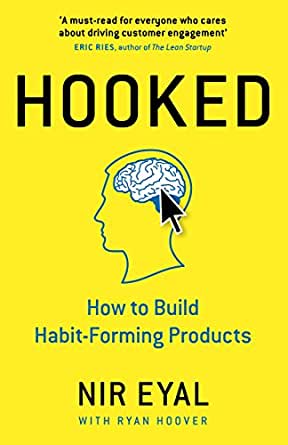
The Hooked Method is a framework developed by Nir Eyal that helps businesses build customer loyalty. In fact, we even recommended Nir’s book in another post.
The Hooked Method model is based on creating products or services that are “hooks,” which capture and retain customers’ attention and keep them coming back for more. Basically, they get you addicted. It’s contentious, but let’s roll with it.
According to the Hooked Model, there are four key components of a successful hook:
Trigger: Any event that triggers an urge in a customer to take action.
Action: Any action taken by the customer in response to the trigger.
Reward: An incentive that encourages customers to take repeat actions.
Investment: Offering opportunities for customers to invest in the product or service, which increases their commitment to taking repeat actions.
By understanding these components and using them to craft an engaging customer experience, businesses can create long-term loyalty from their customers. It’s often used for mobile app monetization so we can’t put our phone down.
ven using a search engine such as Google, or having Alexa in your house, mirrors much of the Hooked methodology. You have a question; you don’t sit and ponder it, go to a library, or even ask a friend. You type it into Google or shout, “Alexa, how many sparrows can you fit in a Dodge Charger?” Like Pavlov’s drooling dog, an event happens, such as a thought, and you reach for the product.
Over-Reliance on Frameworks?
The above examples are great; they all have their uses and place. However, frameworks will not be the thing that makes or breaks a product. Sure, they will have an impact, but even the best framework will only succeed if the groundwork has been completed.

Before you can even decide what framework to use, you need trust and buy-in from all the stakeholders. This could be senior leadership, the engineers, the designer, marketing, hell! Even the Sales team who keep selling new features that don’t exist (we 
If any of these teams think you are full of sh**, then no framework – no matter how effective – will save you. Product is, rather strangely, as much about marketing and selling the idea to your internal team as it is about research, design, and ideas. Everyone needs to be behind the same ideas and goals to pull off the Product.
The other thing about frameworks is that they’re always great idea in theory BUT reality has a habit of biting your best ideas on the ass. Our advice? Be super, duper cautious about how all stakeholders receive the framework. No agreeable nods and smiles only to have it all reneged at a later date. Stakeholders need to be totally aligned on onboard with the product framework – but keep in mind that even if the framework is being followed perfectly, they’ll still be looking at other metrics and KPIs (in other words, overheads) as their main indicators of success.

Another potential downsides to frameworks is that they can make PMs lazy, which is totally on you. Blindly following the ‘process’, without room for adaptation, is not neccessarily the most effective thing. Hey, you’ll tick the box, and receive the dopamine hit of completing the action, but where is the innovation? You can create an entire product on autopilot, drooling out the corner of your mouth and missing all the red flags because you’re fOllOwINg tHe pLaN!,

And finally, our last hot take for this session, one that will stand you in good stead: Teams, people, and PMs can easily get ‘process fatigued’. As mentioned above, you can end up switching onto autopilot when it’s the same thing over and over, but equally, a brand new process brought in by a starry-eyed new PM? Yeah, that’s going to take some getting used to. The teams surrounding the new PM, engineers, designers, etc., will give it their best shot. Learn, adapt, find new workflows, and embrace new frameworks, but they will hit a wall. Framework burnout is real. If you want to bring in a new framework, that’s cool, but bide your time and choose your moment to do so.
Make One Thing Easier
Whatever framework you choose from the above, there are plenty of amazing templates, videos, and resources to help you get started. But no matter which framework you decide is the ‘one’ – data collection and meeting documentation will be an essential part of the parcel.
This is where an AI meeting tool like tl;dv comes in. The ‘product discovery’ stage is present in more or less every framework, which is why you’ll be needing a product research software through which to derive insights and get buy-in from stakeholders.
An easy-to-navigate interface allows product teams to collect, understand and prioritize user insights before the later stages of product planning and product development set in. All your research is stored in one place and can be easily shared with stakeholders and team mates.
In fact, tl;dv will help ensure all the legwork and groundwork is in place before you even think about frameworks. Product teams use the Zoom and Google Meet recorder for meeting documentation to more easily follow up on action items, track progress, and keep absent employees in the loop. Best of all, it’s free!

